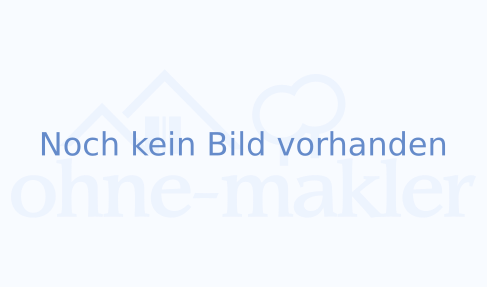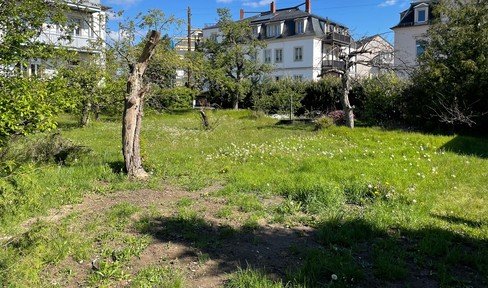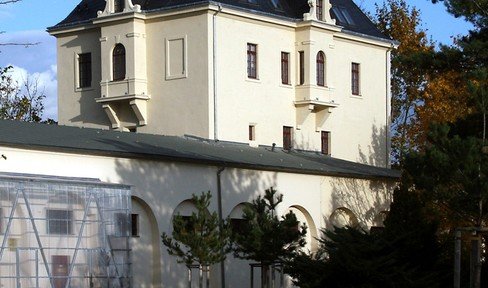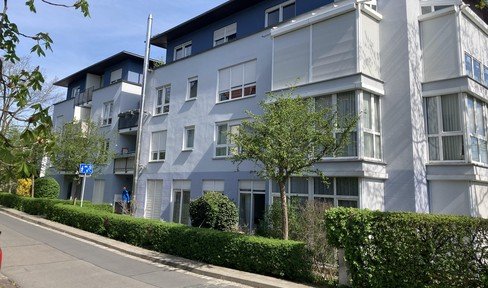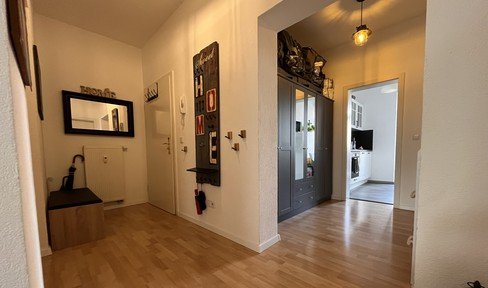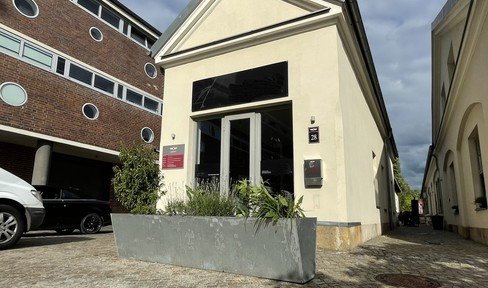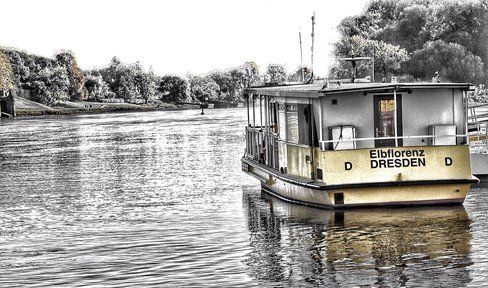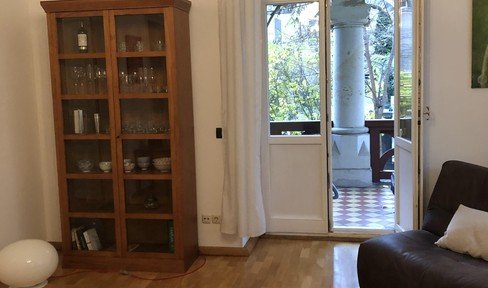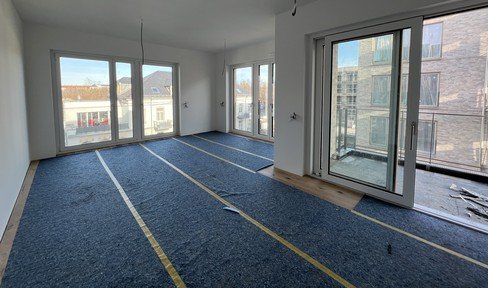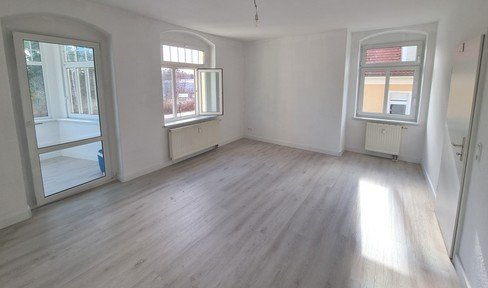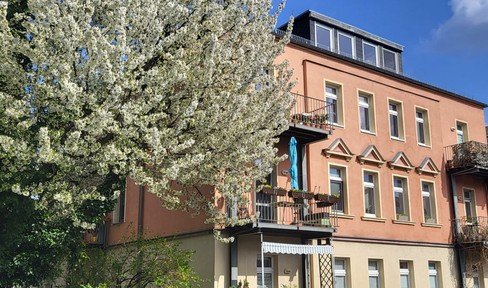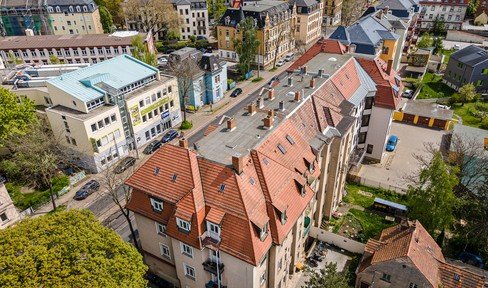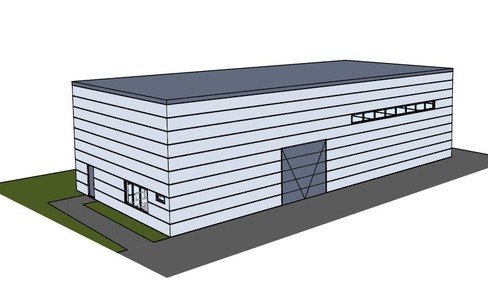- Properties
- Sachsen
- Kreis Dresden (Stadt)
- Dresden

This page was printed from:
https://www.ohne-makler.net/en/properties/sachsen/dresden/
Comission-free real estate directly from the owner in Dresden
Here you can find from 53 offers your commission-free property in Dresden and surroundings
The cultural and economic renaissance of Saxony's global metropolis
"Elbflorenz" is a traditional nickname for the capital of Saxony, which currently has a population of 525,000, but is now once again common throughout Germany. In view of the numerous historic buildings, most of which have been restored to their original splendor, this designation is quite appropriate. As the center of the Dresden metropolitan area named after it, with a total of about 750,000 people and numerous regionally based companies, the city is economically the strongest of the new federal states and one of the most dynamic in Germany. In addition to tourism, which attracts some seven million visitors annually, the most important local industries are microelectronics, information, bio, nano and communications technology, automotive, mechanical and plant engineering, aerospace and solar technology, as well as pharmaceuticals, vaccines, education, the arts, humanities and social sciences. Internationally successful corporations such as T-Systems, Siemens, Volkswagen, Linde and GlaxoSmithKline have settled in and around Dresden in recent years and decades. Not least due to their demand for labor, the city has been growing again for a number of years, and the high demand for living space, which is also foreseeable in the future, can additionally be seen in its status as the so-called "birth capital" among major German cities, with its more than 6,000 births in 2012 alone.
Coveted and expensive waterfront and central locations in Dresden with strong price increases
After extensive incorporations at the beginning of the 1990s, Dresden is currently divided into 64 statistical districts from in turn 401 statistical districts. In everyday use and especially in the city center, however, the individual districts and residential locations are usually distinguished according to their affiliation with the left-elbian Altstadt (Südvorstadt, Wilsdrufer Vorstadt, Seevorstadt, Innere Altstadt, Pirnaische Vorstadt, Johannstadt) or the right-elbian Neustadt (Innere and äußere Neustadt, Leipziger Vorstadt, Albertstadt, Radeberger Vorstadt). With a current average property purchase price in Dresden of almost 2,700 euros/m², houses and apartments there are already generally more expensive than the Saxon and national averages. There were particularly sharp price rises there in the years 2011 to 2013, but this affected apartments more than houses. Among the most expensive urban areas for house and apartment purchases, with prices ranging from approx. 2,500 to 3.800 euros/m² include Antonstadt, Bühlau/Weißer Hirsch, Friedrichstadt, Hellerau/Wilschdorf, Johannstadt-Nord, Kleinzschachwitz, Leipziger Vorstadt, Loschwitz/Wachwitz, Plauen, Strehlen, Striesen-West, Striesen-East, Striesen-South, Blasewitz, Innere Altstadt, Radeberger Vorstadt, Südvorstadt-West, Wilsdruffer Vorstadt/Seevorstadt-West, Gruna, Innere Neustadt and Kleinpestitz/Mockritz.
Few unrenovated neighborhoods, good offers still partly in peripheral locations
Lower-priced condominiums and single-family houses with purchase prices between approx. 1,500 and 2.400 euros/m² can be found in the districts of Löbtau-Nord, Niedersedlitz, Trachau, Coschütz/Gittersee, Großzschachwitz, Kaditz, Klotzsche, Leuben, Löbtau-Süd, Mickten, Pieschen-Nord/Trachenberge, Cotta, Gorbitz-Nord/Neu-Omsewitz, Cossebaude/Mobschatz/Oberwartha, Schönfeld/Schullwitz, Gönnsdorf/Pappritz, Weixdorf,Laubegast, Leubnitz-Neuostra, Leubnitz-Neuostra, Naußlitz, Pieschen-Süd, Reick and Tolkewitz/Seidnitz-Nord. As in all major German cities, central locations in Dresden are in the greatest demand and are therefore becoming more expensive; similar trends also apply to the few centrally located single-family homes, with prices of at least €300,000 upwards. Property purchases in peripheral locations do not have to dig quite as deep into the pocket, but the price is often determined by the respective public transport connections. Also the until few years ago still important tax saving effect with renovated monument protection dwellings in Dresden weakened in view of the surface covering reorganizations in the entire city area strongly, one finds relevant objects at most still in few quarters such as Friedrichstadt or the pike quarter (new city), which are traded therefore in addition, as not completely so unknown Geheimtipps.
Expensive areas in the north and east, cheaper are the south and west of Dresden
On the whole, as well as roughly simplified, the real estate prices in Dresden are higher in the north and east of the city (Niederlößnitz, Oberlößnitz, Radebeul, Äußere and Innere Neustadt, Weißer Hirsch, Bühlau, Löschwitz, Kleinzschachwitz, Hosterwitz, Pillnitz) than in the south and west (Ober- und Niedergohlis, Kemnitz, Gorbitz, Goschütz, Zschernitz, Prohlis, Kauscha). The currently still favorable to affordable areas with simple, medium and good residential locations include Wilschdorf, Hellerau, Klotzsche and Trachau in the north, Oberwartha, Mobschatz, and Leutewitz in the west, Wölfnitz, Roßthal, Löbtau and Dölzsche in the south, and Torna, Reick, Seidnitz, Dobritz, Leuben, Pappritz, Meußlitz and Sporbitz in the east.
Brief information on the real estate market in Dresden:
- Of all the major eastern German cities, Dresden has the best economic data
- In addition to tourism, various future-oriented industries are also flourishing in the city.
- The resulting demand for labor is creating a high demand for living space.
- Real estate prices are already above the state and national average
- All waterfront and central locations in the old building stock there are particularly sought-after
- Residential areas in the north and east of the city are also expensive
- Residential locations in the west and south are more favorable, but becoming more expensive
Places in Dresden
Properties to Rent in Dresden
Properties for Sale in Dresden
Diese Seite wurde ausgedruckt von:
https://www.ohne-makler.net/en/properties/sachsen/dresden/
